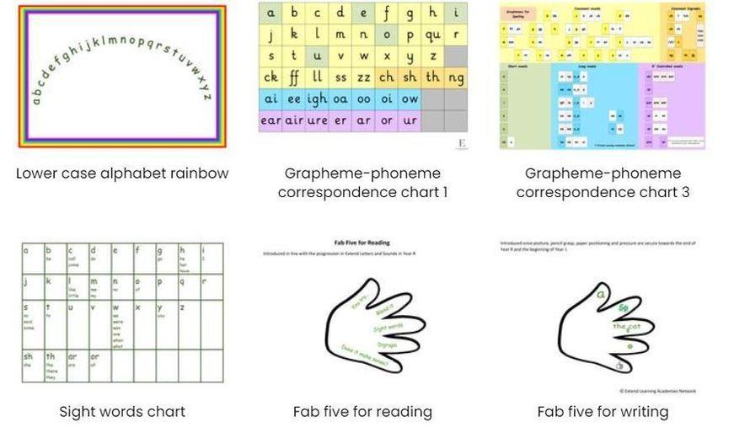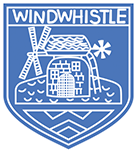Phonics
We follow the approach to phonics teaching as outlined in Extend Letters and Sounds, a validated scheme. Children begin this programme in EYFS and continue it into the first part of Year 2 where it is superseded by the Spelling Programme. The Phonics programme is a 9 step approach to the systematic teaching of phonics.
The central principles involve:
Children having knowledge of the alphabetic code
Children having the skill to blend to read
Children having the skill to segment to spell
Children understanding these as a reversible process. Extend Letters and Sounds (validated scheme) links reading and writing to phonic knowledge. The knowledge children acquire to support their development of early reading is equally as relevant for their development as a writer. It is important that children are given equal opportunities to practise and apply their phonics skills in writing and reading tasks so that they can understand the relationship between decoding skills for reading and encoding skills for spelling. These skills are underpinned by the modelling and teaching of good listening skills, combined with frequent opportunities to improve children’s visual and auditory memory and their ability to sequence. These skills are developed through the teaching of activities to promote phonological and phonemic awareness in young children before they embark on a systematic phonics program.
Extend Letters and Sounds (validated scheme) links reading and writing to phonic knowledge. The knowledge children acquire to support their development of early reading is equally as relevant for their development as a writer. It is important that children are given equal opportunities to practise and apply their phonics skills in writing and reading tasks so that they can understand the relationship between decoding skills for reading and encoding skills for spelling. These skills are underpinned by the modelling and teaching of good listening skills, combined with frequent opportunities to improve children’s visual and auditory memory and their ability to sequence. These skills are developed through the teaching of activities to promote phonological and phonemic awareness in young children before they embark on a systematic phonics program.
Alongside daily teaching of phonics, activities and opportunities are provided within the learning environment for children to apply and consolidate their learning.
When teaching reading, whilst we encourage a phonetic approach, we also teach and value strategies such as learning sight vocabulary and looking for context when reading unfamiliar vocabulary. Although we do not use a ‘reading scheme’, we do have a banded books approach. Phonetically decodable books are banded into the phonic steps so that reading books can be carefully matched to children's phonic stage. This ensures that children will progress rapidly with both their decoding and understanding of a text. Understanding is the key to enjoyment; text comprehension starts straight away in EYFS with class story time.




 ↑
↑